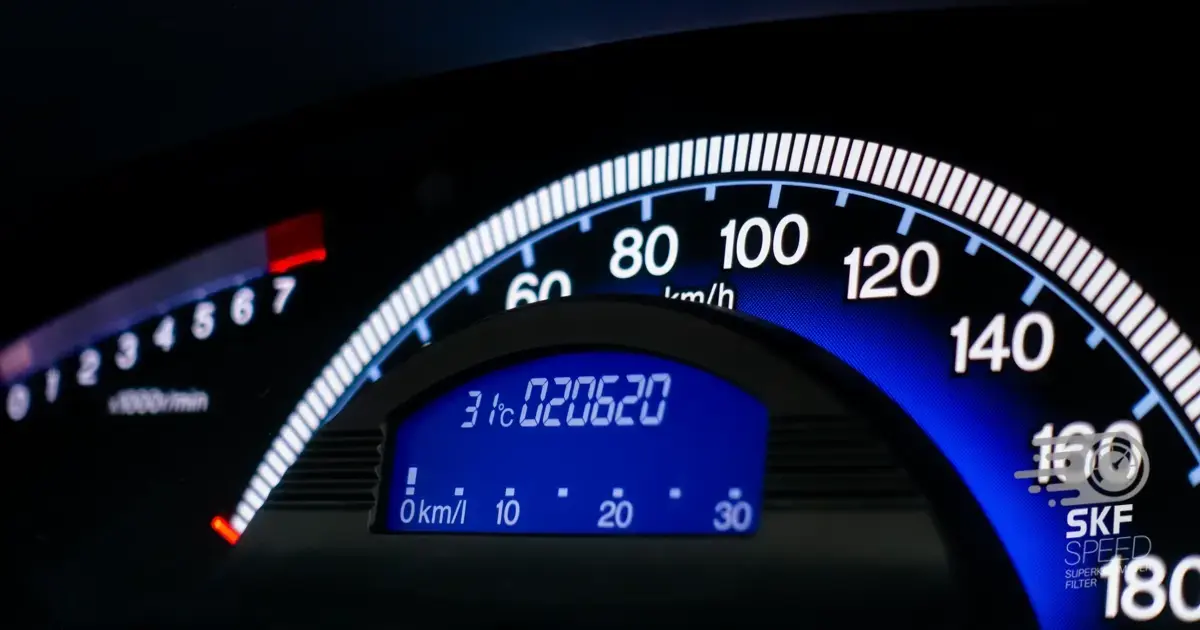
IRS mileage rate also referred to as the standard mileage rate is a very important detail for any taxpayer. Nowadays, in the modern world, jobs take a big part in almost every employees’ daily life. Some professions request daily usage of automobiles. For instance, travel agents, realtors, delivery services, etc. Many companies don’t own business vehicles and employees use their own ones.
In general, it’s hard to find an individual who has never used their own vehicle for business purposes. Those individuals can claim mileage and reduce their expenses for business purposes. But, for those, who have never used it before, it needs some clarification. There are a lot of questions that arise to an employee interested in claiming the mileage. For instance, what is the current IRS mileage rate, and how is it calculated? How to determine if you are allowed for the reimbursement? How to deduct the expenses of using your own vehicle for business purposes?
The current IRS mileage rate issued by the Internal Revenue Service is 56 cents per mile in 2021. The rate varies depending on the business field and purposes. The Internal Revenue Service determines the rate annually, based on an annual study. The study analyzes fixed and variable costs of operating an automobile, such as gas prices, depreciation, auto insurance premiums, maintenance costs, etc. For instance, in 2020, the standard mileage rate was 57,5. 1,5 cents up from the current one. According to Ken Robinson, market research manager at Motus, “Overall driving costs are significantly lower than they have been in previous years as a result of the COVID-19 pandemic. Depreciation rates have also slowed, which was caused in part by vehicle inventory shortages associated with the pandemic production stoppages and has led to increased residual vehicle value.”
While searching for information about the expensing mileage, you will come across different terms. For instance, standard mileage rate, mileage per diem, deductible mileage, federal mileage rate, etc. All of them describe the deductible expense for taxpayers, using their vehicles for business.

There are two ways to calculate the deductible amount, based on standard mileage rate, or actual expenses. The standard mileage rate is determined by the IRS and is the following for each business field:
In case of choosing the actual expenses option for the reimbursement, you have to collect odometer checks and receipts. Below we will discuss in detail, how to claim mileage for each case. Until then, let’s find out whether you are allowed to claim the IRS mileage rate, or not.
Now since you already know what stands behind the term of a federal IRS rate, it’s time to dive deeper into details. Before clarifying how to claim the mileage rate, it is mandatory to clarify if you are allowed the reimbursement or not. In the past, until 2017, upon the Tax Cut and Jobs Act (TCJA), employees were able to claim a tax deduction for not reimbursable expenses by their employers. However, later the strategy was changed and most employees are no longer allowed to claim mileage.
As of now, you can claim the mileage if you meet one of the following requirements:
In general, there are two ways to claim the current IRS mileage rate. You can get it upon the fixed, annual IRS rate or through deducting the actual expenses. The most frequently used method is to get reimbursement via a fixed rate. Due to the fact that it requests only monitoring the covered miles, it’s more convenient for many individuals. In case of choosing the option, you should multiply business miles by the standard mileage rate. For instance, if you’ve covered 200 miles for business purposes, you should multiply 200 by 56 cents. The deductible amount for business purposes can be $112.
Take into account that while expensing mileage via a fixed annual rate, you are not entitled to request actual operating expenses of the vehicle. Those expenses can be repairs, oil, insurance, registration fees, etc. As all those costs are factored into the determined annual mileage rate. Even though you can deduct parking fees, personal property tax, paid while purchasing the automobile, and the interest rate on a car loan.
Besides, there is an important detail that you should know about claiming the mileage rate. You are not allowed to obtain the standard mileage rate in case you:

As you already know the IRS mileage rate varies depending on business field and purposes. The rate is calculated upon combining the study that analyses fixed and variable costs of operating an automobile, such as gas prices, depreciation, auto insurance premiums, maintenance costs, etc. Compared to previous years, current annual mileage has dropped by 1,5 cents and consists of 56 cents per mile. That can be determined due to the fact that driving costs lowered as a result of the COVID-19 pandemic. Besides, depreciation rates have slowed, as well.
Now you know, in which cases you are allowed to claim the deductible mileage rate and how to do it. I’m sure reading the blog helps you to decide which way is more convenient for you to choose. Reimbursing via the actual expenses or fixed, annual mileage rate. In both cases, there are some notes that you should take into account before filling out the claim request.
Proposal, infrastructure, Biden, bill, car, cars, vehicle, vehicles, state, tax, US, mileage, gas, gasoline, road usage, highway, fee, fund, drive, rural areas, pilot program, government, rebuild, plan, national, Americans, federal.
Used sources:
https://www.investopedia.com/terms/s/standardmileagerate.asp
https://www.irs.gov/newsroom/irs-issues-standard-mileage-rates-for-2021
https://www.hrblock.com/tax-center/filing/adjustments-and-deductions/mileage-deduction-rules/
https://www.investopedia.com/articles/taxes/090316/how-log-mileage-taxes-8-easy-steps.asp








Here you will find all the details about our company
Here you will find shipping and return related information
Here you will find information on all technical questions
Here you will find helpful information about installation